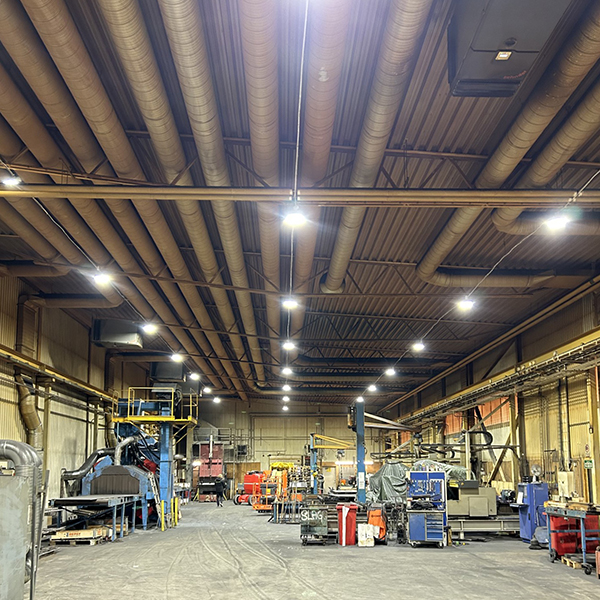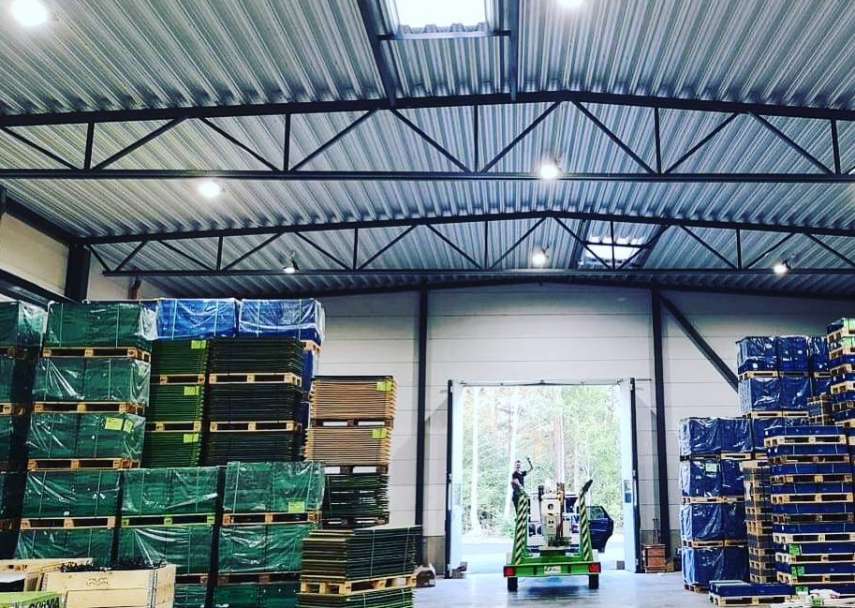Designing Industrial Lighting for Maximum Efficiency
Designing Industrial Lighting for Maximum Efficiency
Blog Article
In the present day Industrial lighting (Industribelysning), performance, toughness, and cost-effectiveness are critical parts for success. Among the many technologies which can be revolutionizing professional procedures, LED (Light Emitting Diode) engineering stands out as a casino game changer in professional lighting. Over the past decade, LED light is just about the preferred choice for firms seeking to enhance power efficiency, minimize working charges, and enhance workplace safety. In this short article, we explore the important role that LED technology represents in surrounding the future of industrial lighting.

Power Effectiveness: Lowering Working Expenses
One of the very most significant advantages of LED technology in professional light is their energy efficiency. Unlike old-fashioned illumination options, such as for example incandescent or fluorescent lights, LEDs eat up far less electricity while providing exactly the same (or also superior) degree of brightness. Studies reveal that LED lights may minimize energy consumption by as much as 75%, translating in to considerable savings for industrial services over time. These price savings may be reinvested in other important aspects of the business enterprise, further enhancing operational efficiency.
Endurance and Longevity
LED lighting is known for their extended life, with several LED lamps sustained as much as 50,000 hours, compared to just 1,000 hours for incandescent bulbs. That durability decreases the necessity for frequent alternatives, lowering maintenance fees and downtime in industrial settings. Furthermore, LED lights are far more sturdy, effective at resisting harsh situations such as extreme temperatures, vibrations, and shocks. This makes them well suited for demanding professional settings like warehouses, factories, and production plants.
Enhanced Illumination and Exposure
In industrial settings, correct illumination is a must for employee protection and productivity. LED lights provide remarkable lighting and better mild circulation, ensuring that function parts are lighted uniformly. It will help reduce the chance of incidents, especially in places where detail and awareness of depth are required. The enhanced exposure also contributes to increased worker efficiency, as responsibilities can be finished more precisely and with less mistakes.
Environmental Affect and Sustainability
As environmental concerns keep on to increase, firms are significantly embracing sustainable solutions. LED light is really a more eco-friendly selection compared to standard light technologies. LEDs do not include hazardous resources like mercury, which can be frequently present in fluorescent bulbs. Moreover, they are 100% recyclable, reducing the total amount of waste created by industrial facilities. By creating the move to LED technology, businesses may lower their carbon presence and contribute to a greener future.

Realization
The ownership of LED engineering in professional light presents numerous advantages that improve both functional effectiveness and sustainability of businesses. From its energy-saving abilities to their durability and superior lighting quality, LED technology is transforming professional illumination and allowing companies to keep competitive within an ever-evolving market. As industries continue to prioritize power efficiency and cost-effective answers, LED engineering may certainly enjoy a vital position in shaping the continuing future of commercial lighting. Report this page